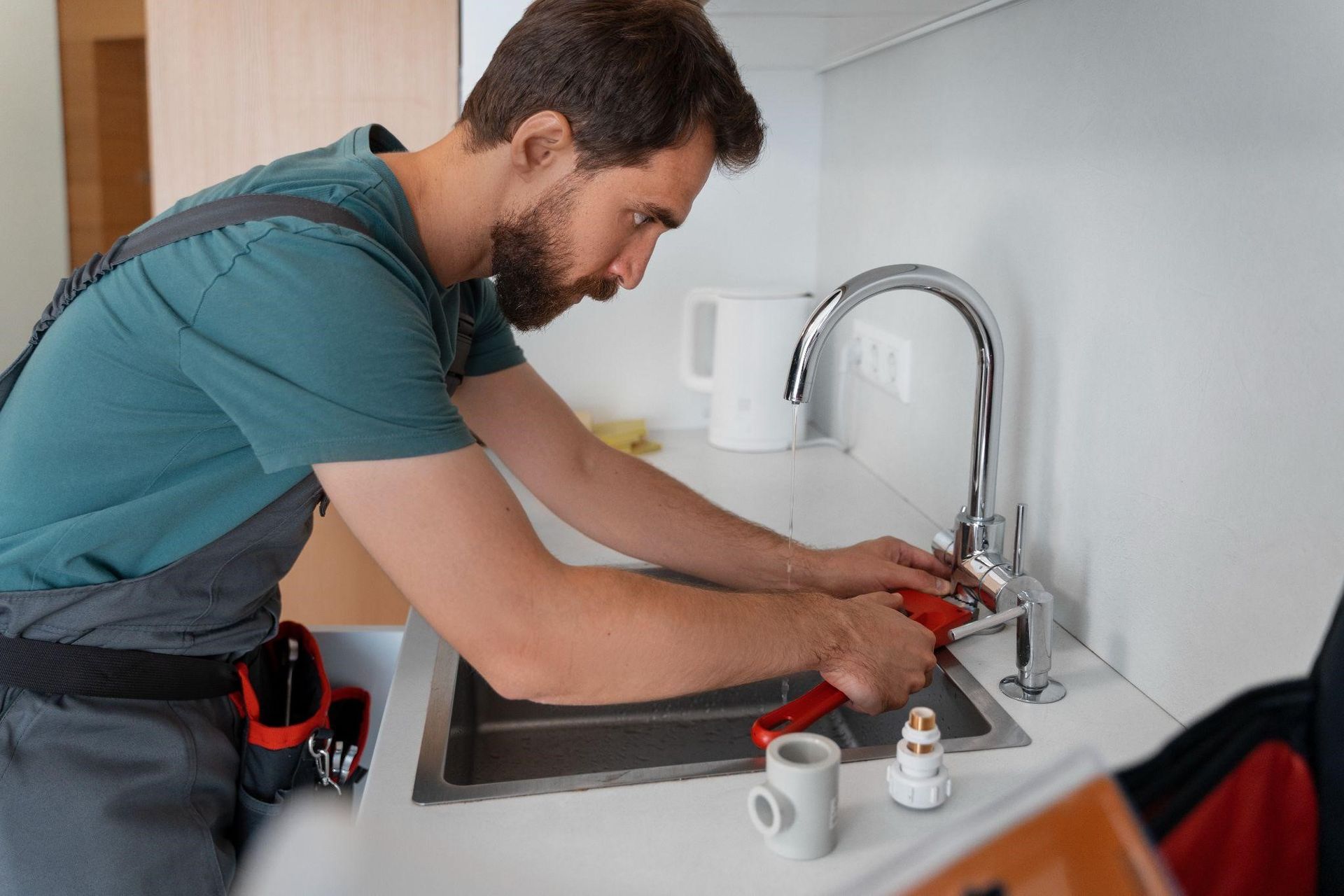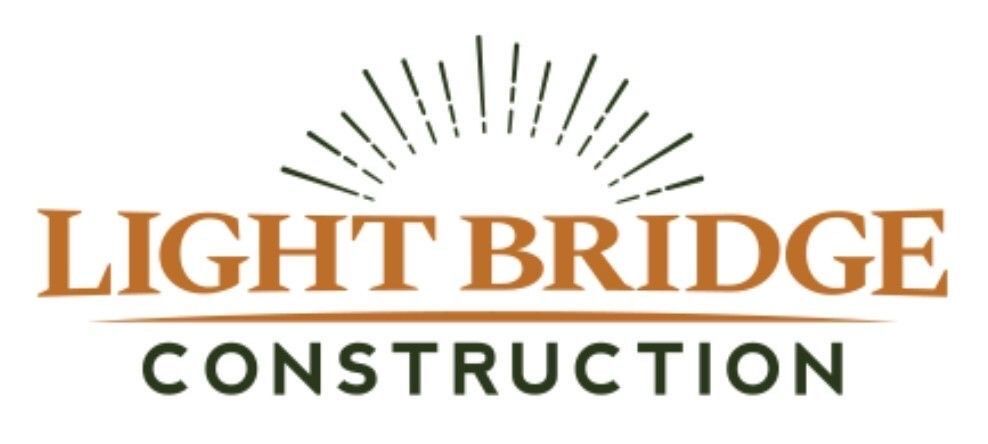
Unexpected expenses are the fastest way to turn homeownership from a dream into a stress spiral. Whether it’s a sudden HVAC failure or a sagging roof you didn’t budget for, skipping maintenance planning often leads to reactive decisions and drained savings. You don’t need to predict every issue—you just need a reliable rhythm. This guide walks you through estimating yearly upkeep, setting a smart monthly buffer, identifying expensive components, and building your emergency fallback—all without the usual jargon or overwhelm. If you own a home or plan to, this kind of quiet prep pays dividends.
Estimate Yearly Costs Like a Pro
A good rule of thumb is to estimate costs using the 1% rule: set aside roughly one percent of your home’s purchase price each year for maintenance. If your home cost $300,000, that’s $3,000 annually—or $250 per month in reserves. This method isn’t perfect, but it gives you a starting line. More detailed models factor in age, climate, and square footage, but if you’re looking for a consistent benchmark, that 1% can anchor your budget. Some experts even suggest going as high as 4% if your property is older or in a region with harsh weather. You’re not trying to hit the number exactly. You’re building a habit.
Make Your Budget Monthly, Not Theoretical
Planning an annual number is one thing. But budgeting only works when you fold it into your everyday finances. Take your yearly estimate and divide it into monthly savings. This transforms a vague maintenance goal into a predictable, bite-sized habit. You can tuck that amount into a separate savings account labeled “house,” or better yet, automate it entirely. Treat it like a monthly bill to your future self. The key here isn’t perfection—it’s rhythm.
Break Down the Expenses by Category
You can’t plan well if you treat every repair like it comes from the same bucket. Break down expenses into core categories: routine tasks, aging systems, and surprise repairs.
Think seasonal jobs like gutter cleaning and HVAC checks versus bigger ticket items like water heaters or window replacements. When you separate costs by system—plumbing, electrical, roofing—it becomes easier to monitor patterns and spot red flags. This structure also helps you understand which areas eat into your budget year after year. Don’t just look at the cost—look at what it’s attached to.
Consider a Home Warranty for Financial Cushioning
One overlooked but effective tool for managing repair costs is a home warranty. It acts as a buffer against unexpected expenses when major systems or appliances break down from normal wear and tear. For buyers who don't want to drain emergency savings every time the water heater quits,
this is a good option to consider. A home warranty is a service contract that covers repair or replacement of essential items like HVAC, plumbing, and electrical. It's not a substitute for regular maintenance, but it can prevent single issues from spiraling into budget-shattering problems.
Understand What Needs Replacing and When
It’s not enough to think in dollar amounts—you also need to know what’s quietly aging inside your home.
Roofs may need replacement every 20–30 years, water heaters closer to 10–15, and HVAC systems can burn out even sooner if neglected. Appliances have timelines, too—dishwashers, washing machines, and stoves all carry expiration dates. Create a rough timeline based on your home’s age and installation records, and flag anything within five years of its typical end-of-life. This isn’t alarmism—it’s calendar prep. When you know what’s next, you buy time, not just stuff.
Track What You Spend—And What You Learn
Most homeowners only realize what maintenance costs after they’ve already paid. That’s a wasted learning opportunity. Create a home maintenance log. Track expenses by month, category, and severity. Note what you did yourself versus what you hired out. These records become more than receipts—they form a personalized benchmark for future planning. Over time, you’ll spot seasonal trends, avoid repeating costly mistakes, and get smarter about when to DIY and when to delegate. Memory fades. Write it down.
Build an Emergency Buffer Before You Need It
No plan survives reality unscathed, which is why you need a safety net. That’s where an emergency or sinking fund comes in. A sinking fund helps you plan ahead, not just react. Think of it as the “oh no” drawer for your house—a reserve built slowly, ready quickly. Start small. Even $50 a month adds up. Link it to a high-yield savings account you don’t touch unless absolutely necessary. When the inevitable happens, you’ll be too relieved to say thank you. But they’ll mean it.
Owning a home doesn’t have to mean crossing your fingers every time it rains or freezes. Planning for maintenance isn’t just about money—it’s about peace of mind. From setting a monthly savings rhythm to understanding which systems are likely to fail—and even purchasing a home warranty to offset repair costs—each small move builds real protection. Keep detailed records. Build buffers—not just for your wallet, but for your future energy and time. Because when the plumbing bursts or the roof needs patching, the last thing you should be doing is panicking. You’ve already planned. Now you just act.
Transform your home into a masterpiece with Light Bridge Construction — where your dreams meet reality with professional, timely, and stunning results!






